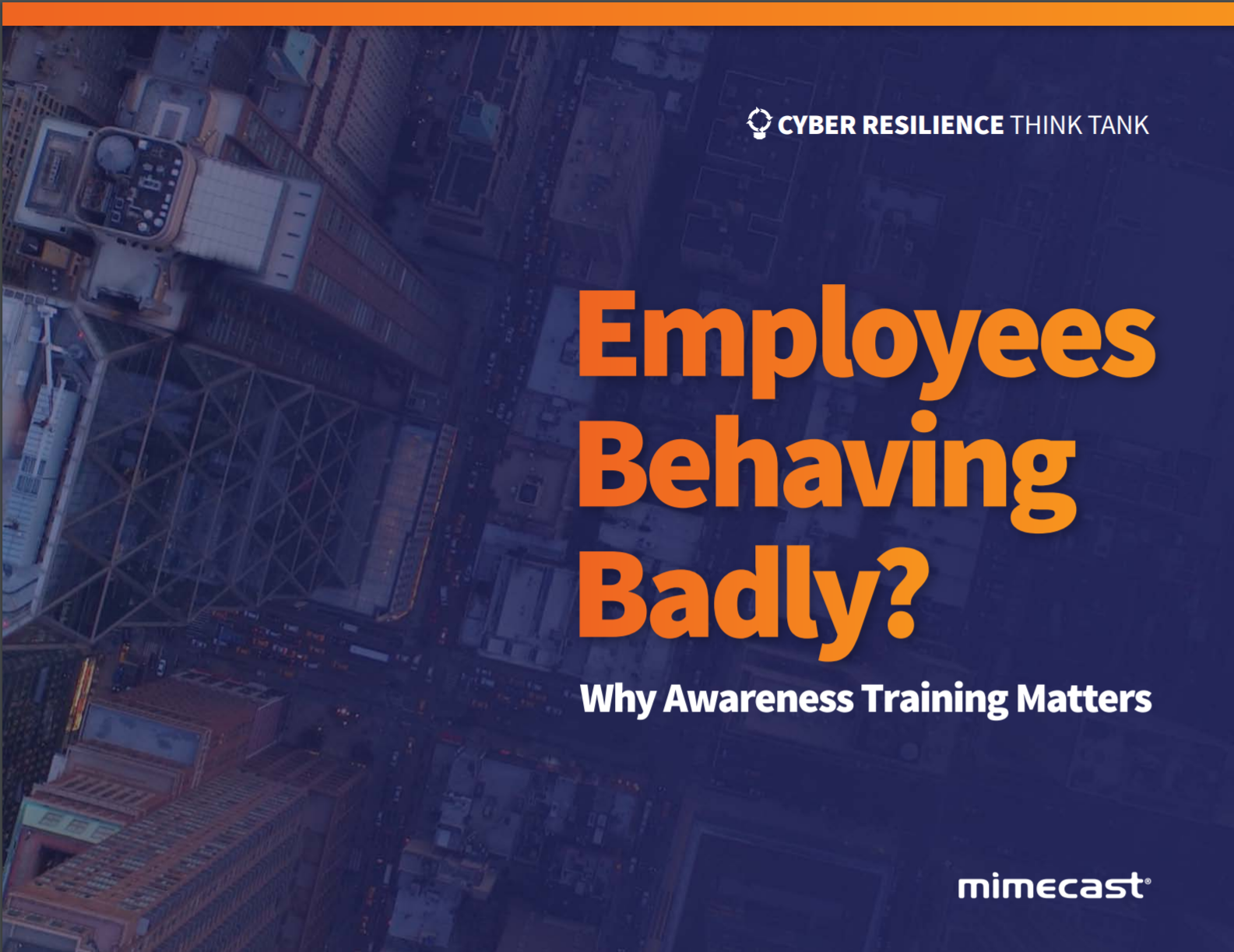Fears over cyber crime tool that can build phishing pages in real-time
Threat actors installed the LogoKit toolkit on over 700 domains over the last month


Cyber criminals have created a new phishing toolkit that can create real-time realistic phishing pages to trick victims into entering their credentials.
According to a report from security researchers at RiskIQ, the phishing kit, dubbed LogoKit, is fully modularized, allowing other threat actors to easily reuse and adapt it.
RELATED RESOURCE

Researchers said that unlike other phishing kits that take advantage of complex layouts and multiple files, the LogoKit family is an embeddable set of JavaScript functions. These kits interact within the Document Object Model (DOM), allowing the script to dynamically alter the visible content and HTML form data within a page without user interaction.
RiskIQ security researcher Adam Castleman said his company had observed more than 700 domains running with LogoKit. Targeted services range from generic login portals to false SharePoint portals, Adobe Document Cloud, OneDrive, Office 365, and cryptocurrency exchanges. RiskIQ has also observed attackers targeting several sectors, including financial, legal, and entertainment.
“Due to the simplicity of LogoKit, attackers can easily compromise sites and embed their script or host their own infrastructure. In some cases, attackers have been observed using legitimate object storage buckets, allowing them to appear less malicious by having users navigate to a known domain name, i.e., Google Firebase,” said Castleman.
Javvad Malik, security awareness advocate at KnowBe4, told ITPro this new attack shows how invested criminals are in phishing attacks.
“With each iteration, we see new techniques put in place designed to fool users into believing an email or website is legitimate,” Malik said.
Get the ITPro daily newsletter
Sign up today and you will receive a free copy of our Future Focus 2025 report - the leading guidance on AI, cybersecurity and other IT challenges as per 700+ senior executives
Malik added that while technical controls can help to block some of these, they won't be successful all of the time.
“Which is why it's important to educate and train users to be able to identify and report any suspicious emails or websites. Organizations also need to have monitoring and threat detection controls in place so that if an attack is successful, then it can be detected and responded to in a timely manner before it becomes a full-blown incident,” he added.
Rene Millman is a freelance writer and broadcaster who covers cybersecurity, AI, IoT, and the cloud. He also works as a contributing analyst at GigaOm and has previously worked as an analyst for Gartner covering the infrastructure market. He has made numerous television appearances to give his views and expertise on technology trends and companies that affect and shape our lives. You can follow Rene Millman on Twitter.
-
 Bigger salaries, more burnout: Is the CISO role in crisis?
Bigger salaries, more burnout: Is the CISO role in crisis?In-depth CISOs are more stressed than ever before – but why is this and what can be done?
By Kate O'Flaherty Published
-
 Cheap cyber crime kits can be bought on the dark web for less than $25
Cheap cyber crime kits can be bought on the dark web for less than $25News Research from NordVPN shows phishing kits are now widely available on the dark web and via messaging apps like Telegram, and are often selling for less than $25.
By Emma Woollacott Published